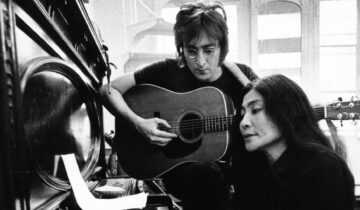NAPOLÉON An Intimate Portrait, a traveling exhibition from the Russell Etling Company, offered visitors an opportunity to see beyond the “legend” of Napoléon Bonaparte to gain an understanding of this complex figure as a man. Created from the collection of 1st Empire authority and author, Pierre-Jean Chalençon, the exhibit showcased rare, personal belongings of Napoléon I, as well as some of the most famous depictions of him by the greatest artists of the time. With more than 250 objects, paintings, prints, documents, and furniture from the Imperial palaces, the exhibition explored the extraordinary life of one of history’s pivotal figures.
The exhibition’s signature artifact was Napoléon’s hat, worn during the Battle of Essling in 1809. No icon of his extraordinary life is more recognizable than his famous cocked hat, worn “broadside on,” with brim aligned to his shoulders, to distinguish himself from the other officers on the battlefield. In this hat and others like it, he strode across the European continent and into the pages of history.
Born in 1769, by the age of 26, Napoléon was a triumphant general whose lightening-fast campaigns had transformed warfare forever and changed the political face of Europe. At 35, he crowned himself emperor of France and set about ruling 70 million souls. He ended feudalism, brought equality to Jews and Arabs, reorganized the outdated governments of France and her empire into streamlined, efficient administrations that rewarded talent and hard work instead of status and privilege, and instituted a system of civil law known as the Napoleonic Code. By 52 though, Napoléon was dead, having successfully fought an alliance of European powers almost continuously for nearly 20 years, until the cost in lives and disrupted commerce became too much, and he met final defeat at Waterloo.
Napoléon Bonaparte has remained the object of intense fascination since his rise to power. He is said to rank second only to Jesus as the subject of published biographies and historical studies. December 2, 2004, marked the 200th anniversary of Napoléon and Joséphine’s coronation as Emperor and Empress, which sparked a new century’s interest in this fascinating period and its central figure.









